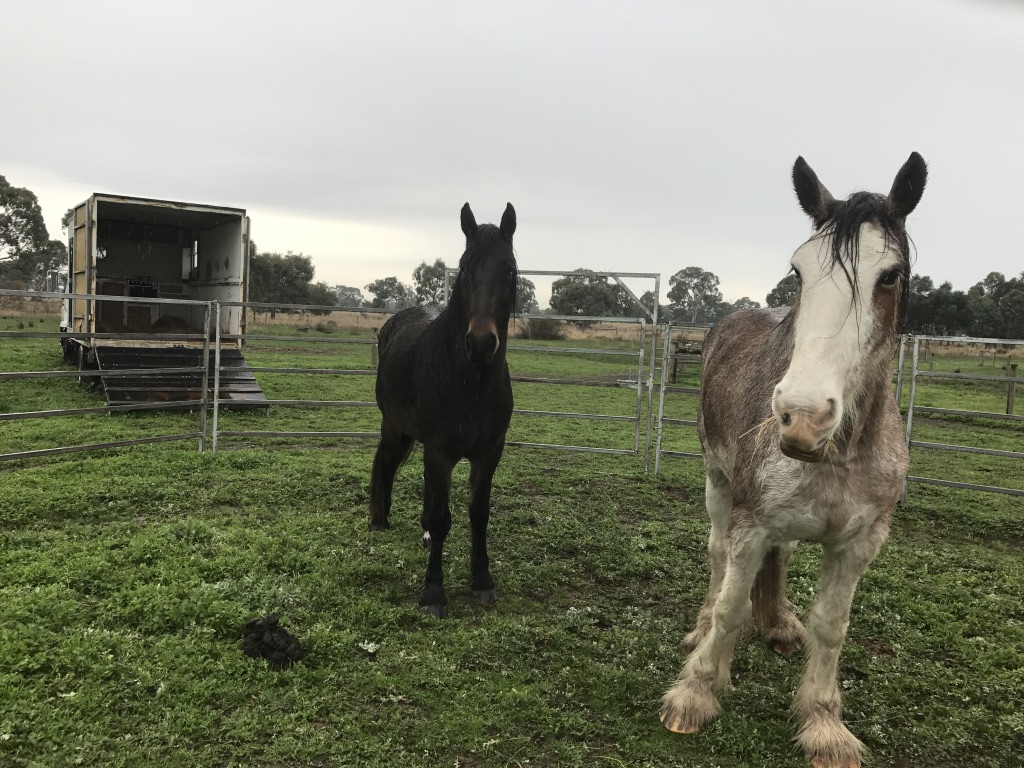One of the most popular asked questions by my clients over the years has been whether or not white hooves are weaker than dark hooves. I’m here to tell you now that it doesn’t matter if your horses’ hooves are black or white.
It’s interesting to me that when I ask my clients why they would think that the colour of their horses’ hooves matters, much of their association comes from a misunderstanding derived from old wives’ tales and lacks any research basis.
This is a case in mention.
Many horse owners hear that white hooves are either ‘shelly’, ‘weaker’, ‘more prone to injury’ or ‘not desirable in a good horse’. Fortunately for you and your horse, this isn’t the case.
The structure and function of the hoof wall
I put my detective hat on to offer you some scientific reasoning to put your mind at ease and did the one thing that we all do when we need to find an answer – I went to Google.
It took me a while to find that there was a chap called Douglas Leach at the University of Saskatchewan in Canada who wrote a thesis covering exactly this matter back in 1980, titled ‘The structure and Function of the Equine hoof wall’.
In all of my looking, this is the only person who has applied a true scientific approach to answer this age-old question. While I struggled to read the whole 261 pages, I am able to paraphrase his results that additionally cover hoof colour.
Leach writes that while factors that influence the quality of the hoof include the water content, tubular and inter-tubular horn, pigmentation (or colour of the hoof) was not one of them.
He further went on to cite multiple authors such as Dinger et al (1973), Weiser et al (1965), Miyaki et al (1974) & Butler (1976) and concluded in his research that “the strength of pigmented and un-pigmented hoof wall material does not differ… in horses with both black and white…hoof wall” (Leach 1980, pg 150).
He mounts a great point that if there were structural differences between white and dark hooves then we would see a stress crack between hooves that are striped. In all of my years I have never seen a crack along these lines.
Putting to bed an age-old horse tail
Hopefully my research into this matter helps to answer this commonly asked question.
The only thing I would say to this point is that the research only covers the hoof capsule and not the sock of the horse. I do find that if there is a case of mud fever or pastern dermatitis then it tends to be on the non-pigmented or white sock.
You can head to my hoof trimming page where I talk more about understanding the hoof.
Maybe this skews the results. It’s worth thinking about.

